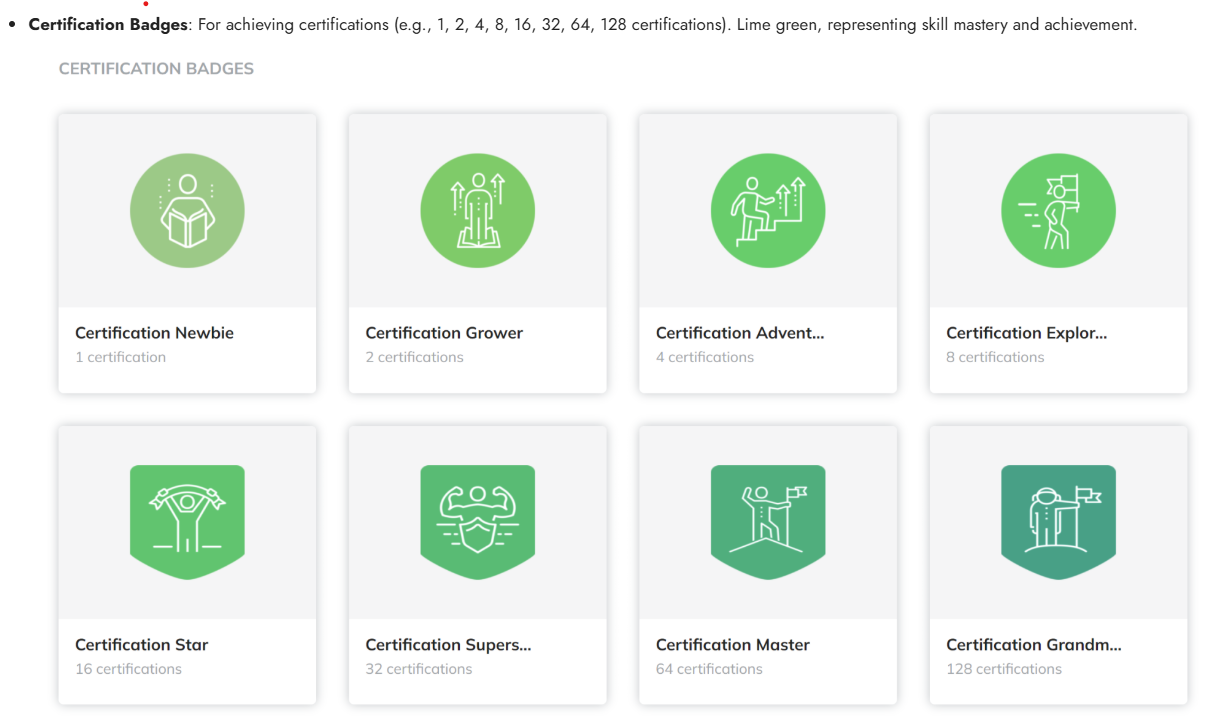
In today’s fast-paced world, working adults are constantly juggling multiple responsibilities which are from demanding work schedules to personal commitments and family life. For these busy individuals, finding time and motivation to engage in learning can be a significant challenge. This is where gamification comes into play, transforming traditional eLearning into a more interactive, enjoyable, and rewarding experience.
Additionally, the benefits of embracing microlearning in corporate training cannot be overlooked, as it significantly enhances employee training efficiency, making it easier for busy professionals to grasp key concepts in bite-sized modules.
This article explores the concept of gamification in learning, focusing on how it can effectively engage busy working adults, with a specific emphasis on the structure of the gamification system used in the FAME-Meta eLearning platform.

Understanding Gamification in Learning
Gamification involves integrating game like elements such as points, badges, leaderboards, and levels into non-gaming contexts, such as education and training. It leverages human psychology by tapping into our intrinsic motivation to achieve, compete, and be rewarded.
By incorporating these elements, learning platforms can create a more immersive and motivating environment, encouraging learners to stay engaged and complete their learning journeys.
In the context of adult learners, gamification addresses several key challenges such as motivation, as points, badges, and leaderboards provide tangible rewards that motivate learners to complete courses and achieve higher scores; Engagement, as game mechanics make learning more interactive, breaking the monotony of traditional content delivery; and Accountability, as progress tracking, achievements, and level-ups keep learners accountable for their learning path.
Gamification Structure in FAME-Meta

The FAME-Meta eLearning platform integrates a robust gamification system that is specifically designed to engage busy working adults through a combination of points, badges, and levels.
The points system in FAME-Meta is structured to reward users for various learning activities such as each login earning 25 points, unit completion earning 25 points, course completion earning 150 points, certificate achievement worth 150 points, test completion awarding 1 point, assignment completion granting 1 point, ILT (Instructor-Led Training) completion awarding 1 point, discussion participation giving 25 points per comment, and upvoted comments providing 10 points per upvote.
This comprehensive points system encourages learners to engage in various activities, from logging in regularly to completing courses and contributing to discussions.
Types of Badges in FAME-Meta
Badges in FAME-Meta are categorized into three (3) main types: Activity Badges, Learning Badges, and Test Badges. Activity Badges are earned for logging in multiple times (e.g., 4, 8, 16, 32, 64, 128, 256, 512 logins), symbolized by light blue icons that represent consistency and commitment.
Learning Badges are awarded for completing a specific number of courses (e.g., 1, 2, 4, 8, 16, 32, 64, 128 courses), represented by orange icons symbolizing growth and curiosity. Test Badges are earned for completing a specific number of tests (e.g., 2, 4, 8, 16, 32, 64, 128, 256 tests), represented by sky blue icons symbolizing knowledge and understanding.
Leveling Up in Gamification
Learners can level up based on three (3) criteria: Points, Completed Courses, and Badges. Every 3000 points earned increases the level. Every 5 completed courses results in a level up. Every 5 badges earned leads to a level up.
This system provides multiple pathways for learners to progress, ensuring that all learning activities are acknowledged and rewarded.
Benefits of Gamification for Working Adults
The benefits of gamification for working adults include enhanced engagement, as gamification elements such as points, badges, and levels turn mundane learning tasks into exciting challenges.
Flexibility, as working adults can accumulate points and badges at their own pace, allowing them to fit learning into their busy schedules. Instant Feedback, as immediate rewards for completed tasks provide positive reinforcement, motivating learners to continue.
Community Building, as leaderboards and discussion points foster a sense of community, encouraging peer interaction and collaboration. Goal Setting, as clearly defined milestones and progress tracking help learners set achievable learning goals.
Strategies for Implementing Gamification
Incorporating reward-based incentives, such as monetary bonuses or in-kind rewards, can further enhance gamification strategies. Some companies have already implemented such approaches by offering gift vouchers, or team recognition for employees who hit specific learning targets or badge levels. This strategy not only motivates employees to actively participate in training and development programs but also fosters a culture of continuous learning and achievement.
To successfully implement gamification, eLearning platforms should consider aligning rewards with learning objectives, ensuring that each reward corresponds to a learning outcome. They should balance intrinsic and extrinsic motivation, using points and badges as extrinsic rewards while fostering intrinsic motivation through meaningful content.
Additionally, they should provide progressive challenges, gradually increasing the difficulty level to keep learners challenged and motivated. Incorporating social elements can further encourage peer interaction through discussion boards, leaderboards, and upvotes.
Gamification is a powerful tool for engaging busy working adults in the learning process. By integrating game mechanics such as points, badges, and levels, platforms like FAME-Meta effectively motivate learners to stay active, complete courses, and achieve their learning goals. With a well-structured gamification system that rewards both consistency and achievement, FAME-Meta provides a compelling learning experience that caters to the unique needs of adult learners in today’s digital world.


